为什么我们要在CIP后检查我们的表面?
为了遵守HACCP要求,加工商需要确定CCP(关键控制点)和/或其生产工厂内可能导致产品污染/故障的区域。现在可以使用独特的Bactiscan系统在CIP(现场清洁)后检查表面区域,使处理器能够遵守尽职调查。
我们应该多久检查一次表面区域?
不锈钢表面,其中一些位于生产区域内,应定期检查,寻找由清洁系统差、例如喷雾球故障引起的生物膜和细菌生长区域,在生产过程中的任何时候都可能出现缺陷,或者当物品进行CIP清洁时,这些区域随时都可能导致产品污染,因此建议尽可能频繁地进行检查。
我使用了传统的方法来验证我的CIP,现在好的方法是什么?
使用EIT International的Bactiscan进行实时扫描。该设备使处理器能够实时清晰地看到生物膜,使他们能够对该区域进行拭子检测,以识别细菌数量。
我们已经看到人们使用紫外线来寻找生物膜,为什么不使用紫外线代替Bactiscan呢?
Bactiscan在紫外线光谱的边缘工作,这是一个旨在检测细菌周围蛋白质外壳并分离紫外线不可见的生物膜的系统,Campden BRI提供的验证文件证明了这一点。
生物膜在表面变硬并且不能被CIP冲洗掉,这是正确的吗?
根据我们的经验,一些生物膜隐藏在玻璃状表面后面,这是通过连续洗涤和化学硬化引起的,当采集拭子时,拭子技术无法检测到它们。Bactiscan可以突出显示这些区域,并且需要进行研磨工作来去除膜以测量细菌数量。对加工商来说,危险在于这些薄膜可能在生产过程中变得松散,并将生物膜释放到产品中。
你的检查员会在我的工厂里哪里寻找这些生物膜?
我们建议您隔离一条线并扫描该线内的区域,以便接触产品的表面。例如,我们近检查了一个无菌水容器,因为这是在寻找发生的污染时的后一次检查。该容器有严重的生物膜,在生产线装满产品之前,这些生物膜明显会释放到终冲洗液中,污染了整个生产线。
使用Bactiscan进行测试的环境问题是什么?
EIT International的Bactiscan系统具有电子传感器,可以在没有任何耗材的情况下使用多年,因此非常环保且具有成本效益。
你能证明测试的准确性吗?
Bactiscan设备包括实时扫描仪和测试片,用于在表面复制生物膜和细菌,以证明准确性。该过程已通过Campden BRI验证。
您将用于测试的设备的安全性如何?
Bactiscan使用轻型电池供电的电子传感器和发射器来照明表面。
使用Bactiscan时应采取哪些安全措施?
我们建议检查员在使用Bactiscan时佩戴防护眼镜等适当的眼部防护用品。大多数生产设施都将在原地安装安全眼镜。聚碳酸酯制成的安全玻璃镜片可以自然阻挡99.9%的紫外线。因此,即使是透明的安全眼镜也能提供出色的保护。但是,如果您需要特定的紫外线防护,只需简单的在线搜索即可提供其所在地区的供应商列表。
Bactiscan测试需要多少停机时间?
在大多数情况下,只要表面可以被Bactiscan照明,就不需要停机。Bactiscan能够在例如大约30分钟内检查空筒仓。
你的测试方法能在我的灌装机上找到产品残留物吗?
Bactiscan能够识别包括灌装机在内的许多表面清洁不良的区域。
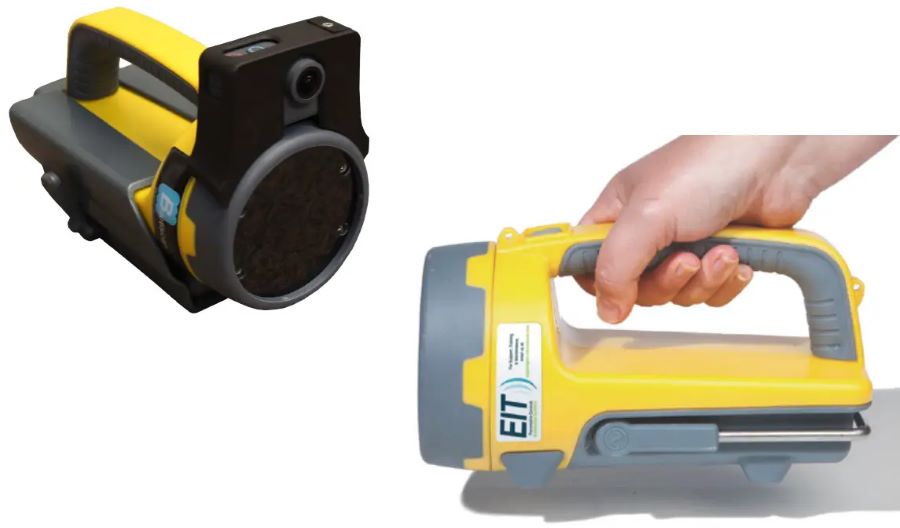
Why should we test our surface areas after CIP?
In order to comply with HACCP requirements, processors need to identify CCPs (Critical Control Points), and/or areas within their production plant that may cause product contamination/failure. Examination of surface areas after CIP (Clean in Place) is now possible using the unique Bactiscan system, allowing the processor to comply with due diligence.
How often should we examine the surface areas?
Stainless steel surfaces, some of which are positioned within the production area should be examined regularly, searching for areas of biofilm and bacterial growth caused by poor cleaning systems, spray ball faults for example, defects may occur at any time during production, or when the item is CIP cleaned, these areas may cause product contamination at any time, so examination as frequently as possible is recommended.
I have used traditional methods for validating my CIP, what is the best methodology now?
Scanning in real time using EIT International’s Bactiscan. This equipment enables the processor to clearly see the biofilms in real time, enabling them to take swabs of the area to identify bacteria numbers.
We have seen people using U.V. to try to look for biofilms, why not use U.V. instead of Bactiscan?
Bactiscan works on the fringes of the UV spectrum, it is a system that is designed to detect protein shell around the bacteria and isolate biofilms that are not visible with U.V. and this is proven with validation documentation provided by Campden BRI.
Is it correct that biofilms become hardened on the surface and cannot be washed off by CIP?
It is our experience that some biofilms are hidden behind a glass-like surface caused through continuous washing and chemical hardening and when swabs are taken, they are not detected with the swabbing technique. Bactiscan can highlight these regions and abrasive work is needed to remove the film in order to measure bacteria numbers. The danger for processors is that these films may become loose during production and release the biofilm into the product.
Where would your inspector look for these biofilms in my plant?
We would recommend that you isolate a line and scan all areas within that line, so surfaces that are in contact with products. For example, we recently checked a sterile water vessel as this was the final examination when searching for a contamination that had happened. The vessel had serious biofilms that were obviously releasing into the final rinse before the line was filled with product, contaminating the whole line.
What are the environmental issues with testing using Bactiscan?
EIT International’s Bactiscan system has electronic sensors that can be used for many years without any consumables, so extremely environmentally friendly and cost effective.
Can you prove accuracy of the test?
The Bactiscan equipment comprises of real time scanner and test piece to replicate biofilms and bacteria on surfaces, proving accuracy. This process has been validated by Campden BRI.
How safe is the equipment that you will use for the tests?
Bactiscan uses lightweight battery operated electronic sensors and transmitters to illuminate a surface.
What safety steps should I take whilst using Bactiscan?
We recommend that the inspector wear adequate eye protection in the form of protective glasses whilst using Bactiscan. Most production facilities will have safety glasses in situ. Safety glass lenses made of polycarbonate will naturally block 99.9% of UV light. So, even clear safety glasses will provide excellent protection. However should you require specific UV protection, a simple on-line search will provide a list of suppliers in their area.
How much downtime is needed for the Bactiscan test?
In most instances downtime is not required as long as the surface can be illuminated by Bactiscan. Bactiscan is able to examine an empty silo for example in approximately 30 minutes.
Would your test method find product residues on my filling machine?
Bactiscan is able to identify poorly cleaned areas of many surfaces including filling machines.

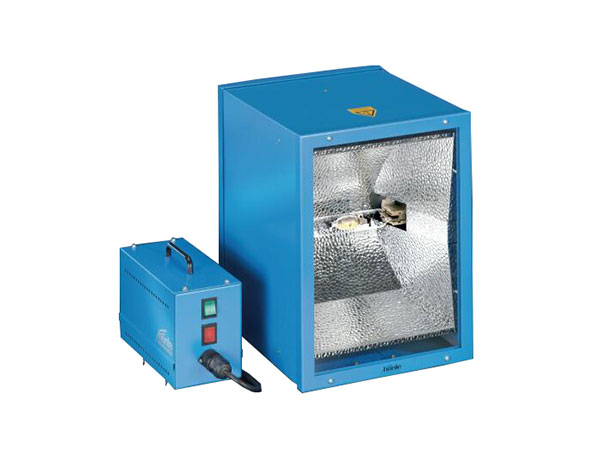
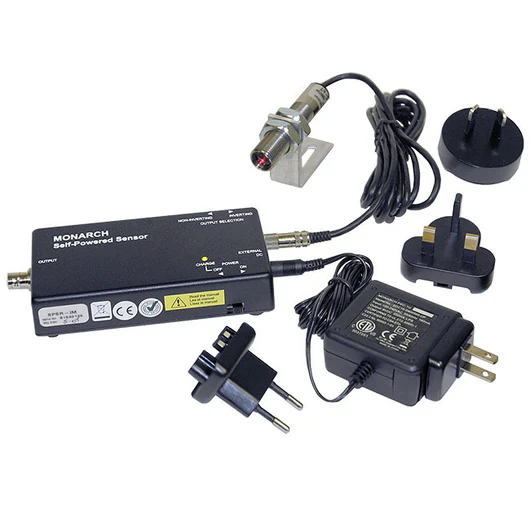
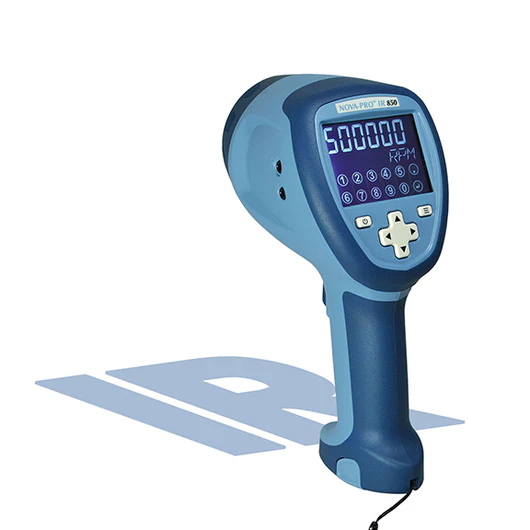
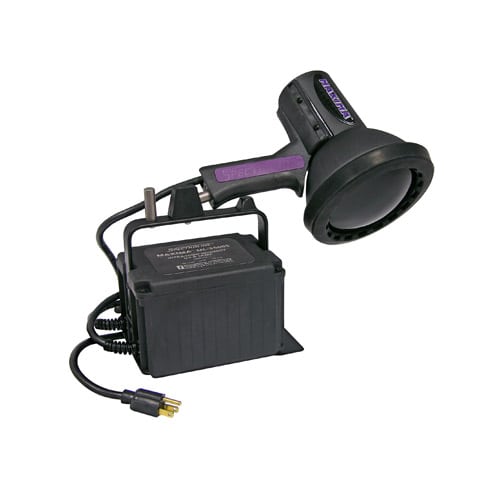
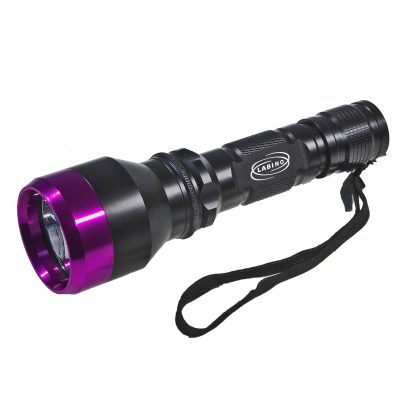
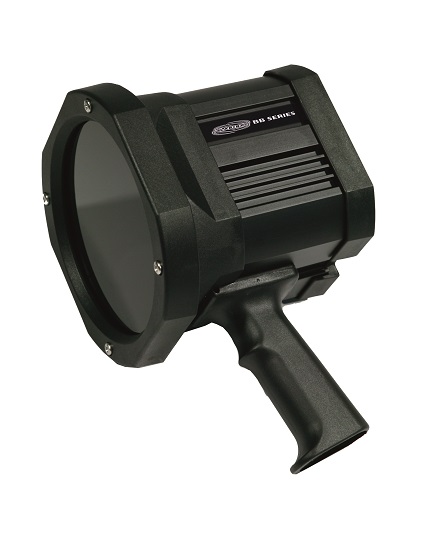
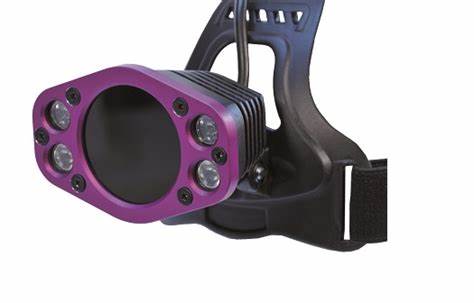
 添加微信咨询!
添加微信咨询!